Brief Summary
This course takes you from beginner to pro in setting up local development environments using Vagrant. You’ll learn everything from installation to automating setups and managing multiple virtual machines. Plus, there's a fun bonus on advanced topics!
Key Points
-
Learn to set up local development environments with Vagrant.
-
Understand how to use and manage Vagrant boxes.
-
Get familiar with plugins to extend Vagrant's functionality.
-
Master provisioning to automate software installation.
-
Work with multiple virtual machines using a single configuration.
Learning Outcomes
-
Create reliable and repeatable development environments.
-
Write scripts for automated Vagrant setups.
-
Manage multiple Vagrant boxes effectively.
-
Use plugins to enhance Vagrant's capabilities.
-
Provision software automatically for seamless setups.
About This Course
Go from zero to hero by solving the development system dilemma with automation and versioned configuration with Vagrant
Vagrant UP
This is a comprehensive course designed to show how to setup local development environments using Vagrant and related tools.
Just Updated: May 25, 2015! New bonus section added (Chef Solo).
Course Outline
Introduction provides an overview for the course, cover the core concepts for Vagrant, how to get the course materials.
Installation provides step-by-step instructions on how to setup Vagrant, VirtualBox, and other tools needed for the rest of the course on both Windows and Mac platforms.
Getting Started walks through the basics of using Vagrant and how to version control (using Git) a project using Vagrant.
Boxes covers how to find, manage and use Vagrant boxes.
Plugins walks through finding, using and managing plugins in Vagrant in order to extend Vagrant's functionality.
Provisioning covers how to write file and shell provisioners to automatically install software when Vagrant first runs or on demand. After learning the basics of provisioning, this section ends with a full-fledged LAMP-stack provisioned.
Multiple Virtual Machines walks through using Vagrant with a multiple VM configuration, when we dissect the LAMP stack in the previous section and create two virtual machine definitions within one configuration file.
Conclusion has some final thoughts on Vagrant and provides links to resources for additional learning.
Bonus! sections feature advanced topics like creating custom Vagrant boxes and using the Chef Solo provisioner.
Course Features
Presentations provide audio/video training of conceptual ideas in each major area or introduction of new concepts.
Screencasts provide a video of the instructor's computer system with any actions, commands, or screens displayed and narrated. There are several hours of screencat video content -- it makes up the vast majority of the course. Any command line based screencast will include a command listing in the lecture downloads.
Several attachments throughout the course provide supplemental information, illustrations, or other reference material.
Create automatic, reliable, repeatable, easy to use, and versioned development environments
Write provisioning scripts to automatically setup Vagrant managed environments
Solve the development box setup problem




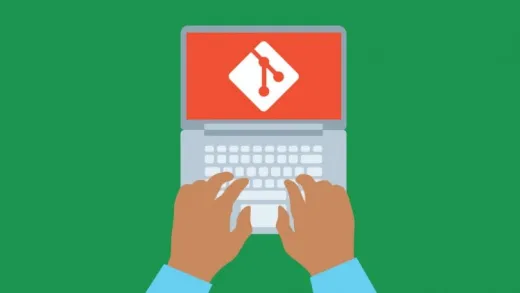
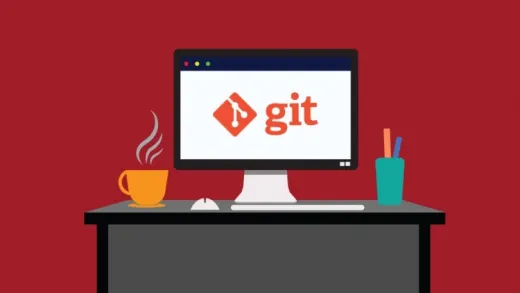
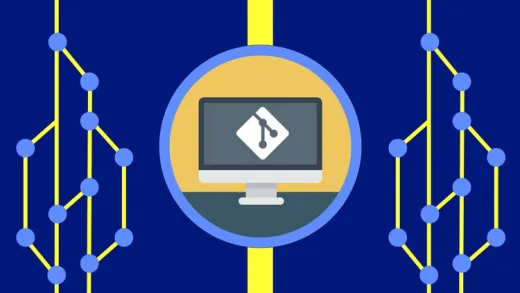
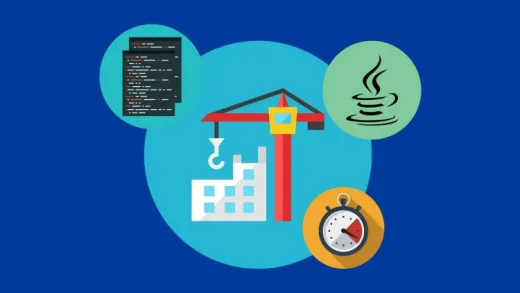
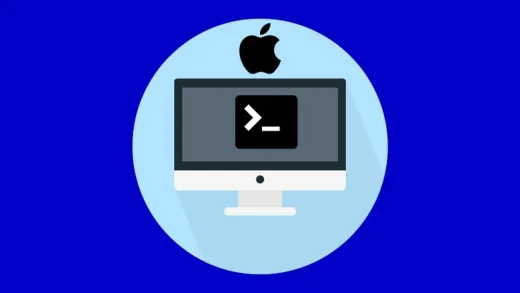
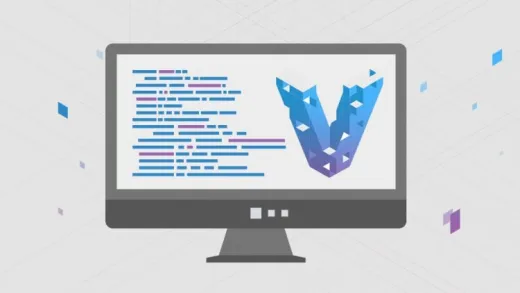

Rekha B.
good